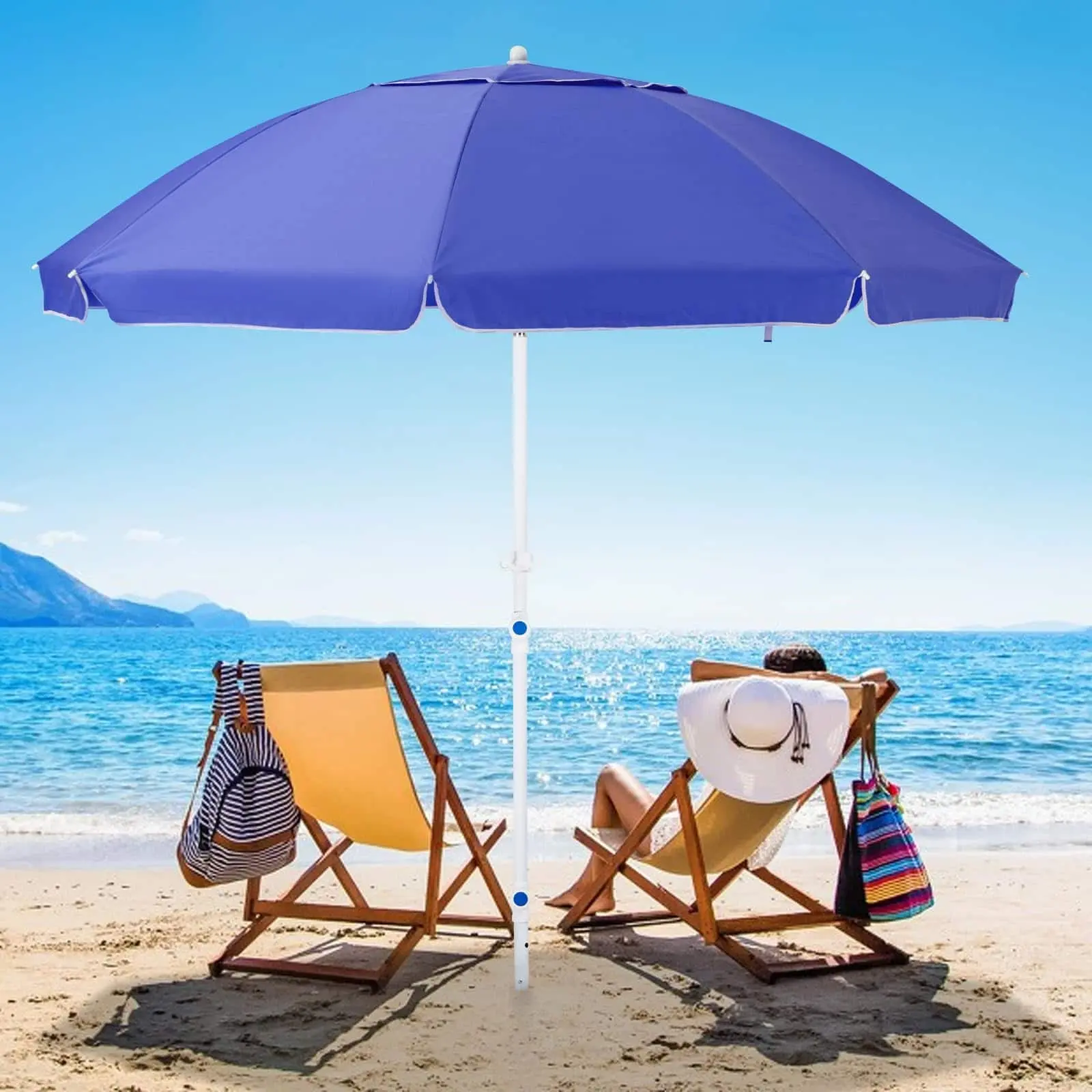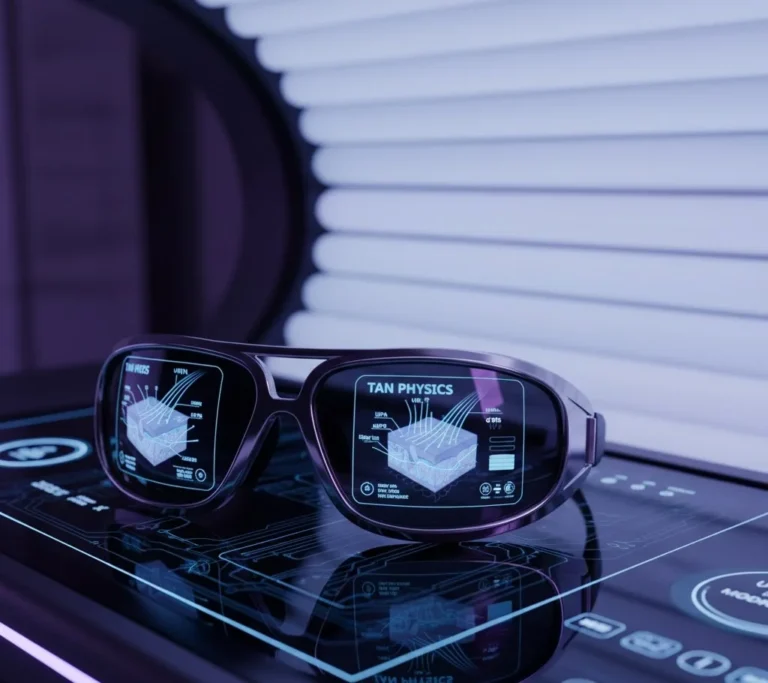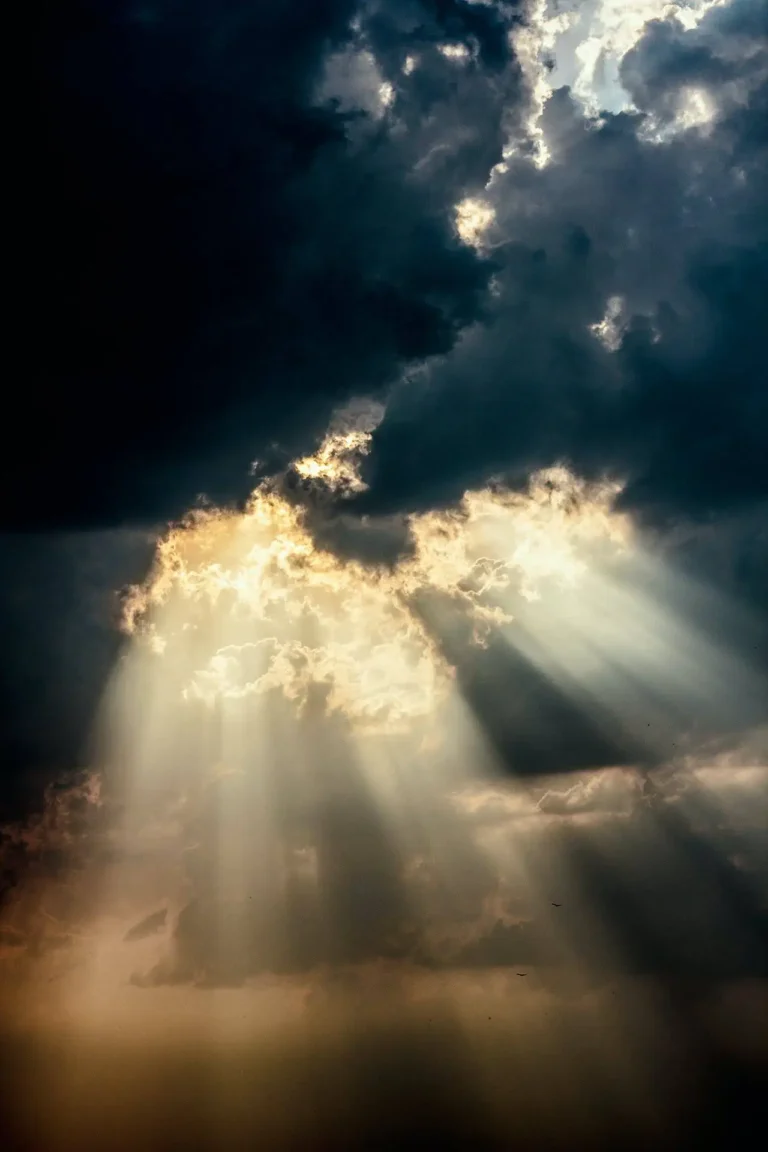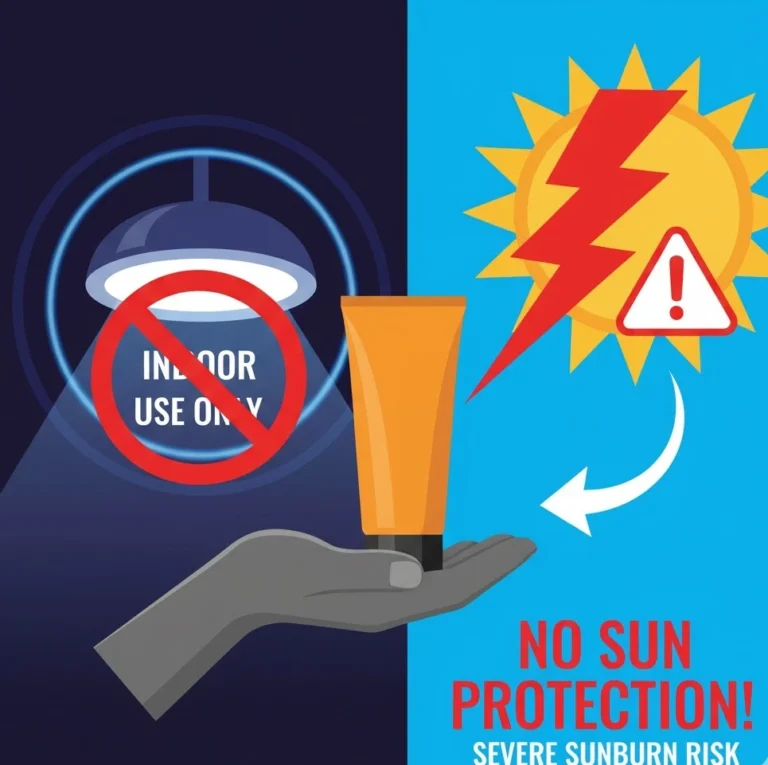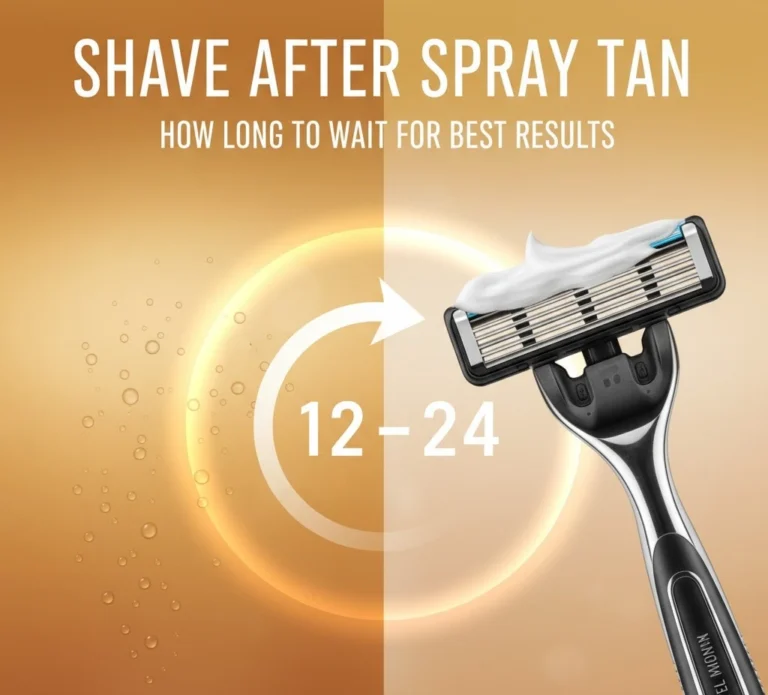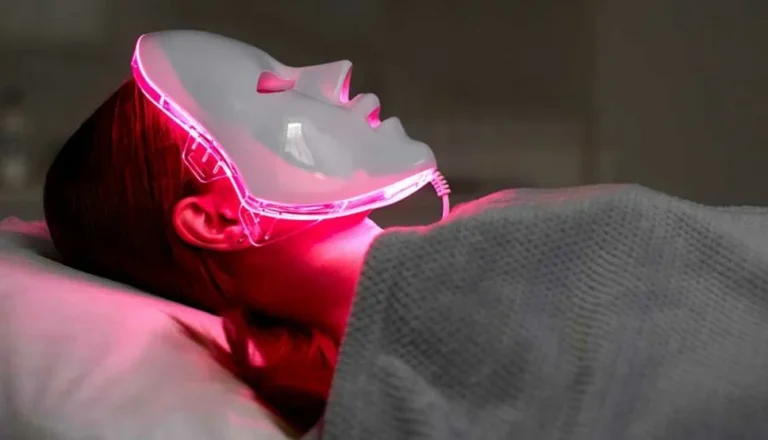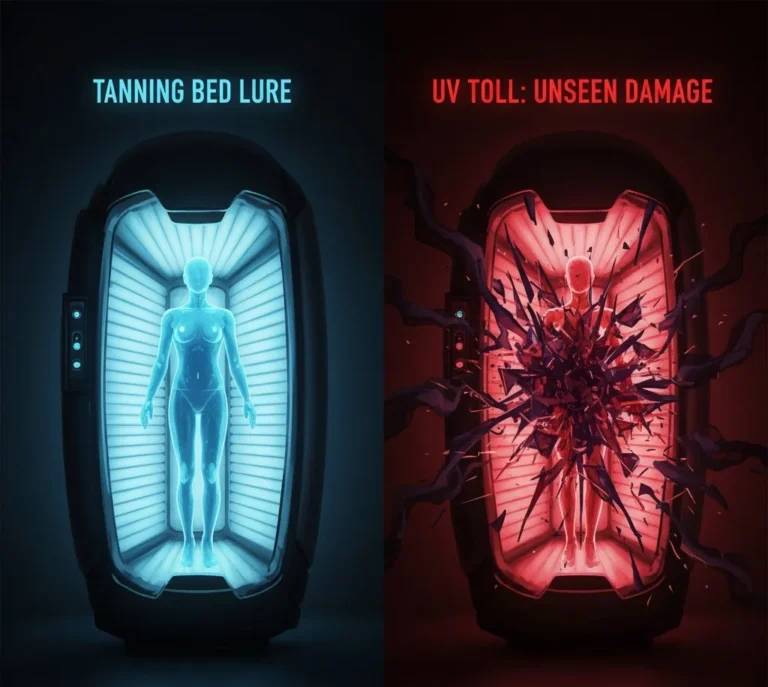Can You Tan in the Shade Safely? Sunless or Natural
You may have asked yourself, can you tan in the shade? The answer is yes. The process, safety, and results differ depending on whether you rely on natural sunlight filtered through shade or opt for a sunless tanning method. Tanning in the shade happens more slowly because the UV exposure is reduced, yet it still affects your skin.
Sunless tanning, on the other hand, darkens the skin without UV exposure through ingredients like DHA found in lotions and sprays. Each method offers different benefits and risks. Natural shade tanning provides a gradual, authentic tone but still involves UV-related damage. Sunless tanning avoids UV harm but requires proper application and maintenance for an even, lasting result.
This guide explains both methods in depth, compares their effectiveness, and gives practical tips to help you tan safely and maintain long-lasting, healthy skin color.
Table of Contents
How Shade Affects UV Exposure
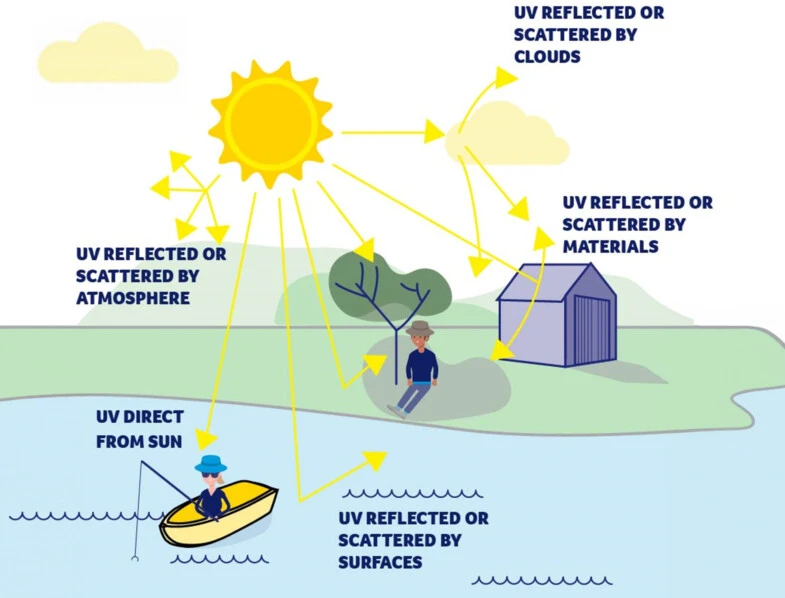
Shade reduces UV exposure—but it doesn’t eliminate it. Research shows that under certain shade (like a tree), you may still receive 5% or more of the UV exposure you would get in full sun; under a sun umbrella you might get 17% or more.
Another source says quality shade can reduce UV exposure by up to 75%, but many typical shaded settings allow more exposure than people assume. Typology Paris
Reflections matter. If you’re on sand, near water or concrete, UV can bounce up into your skin even in shade.
The takeaway: if you’re aiming to tan in the shade, accept that the intensity will be lower and the rate slower. If you’re aiming for safety, remember that shade alone is not full protection.
Myths About Tanning Without Direct Sunlight
There are several misconceptions when it comes to tanning in the shade or without direct sun:
- Myth: If I’m in shade I won’t tan at all.
Reality: You can still tan because UV still reaches your skin indirectly. - Myth: A “base tan” from shade or sunless tanning gives protection like sunscreen.
Reality: A tan (whether from sun or reflected UV) is a sign of skin damage and offers very minimal protection — not enough to skip sunscreen. - Myth: Tanning without direct sun means you are safe.
Reality: Even indirect UV leads to cell damage, risk of ageing and skin cancer.
Being aware of these helps you make better decisions about how you ta
How Tanning Works
The Role of Melanin in Skin Color
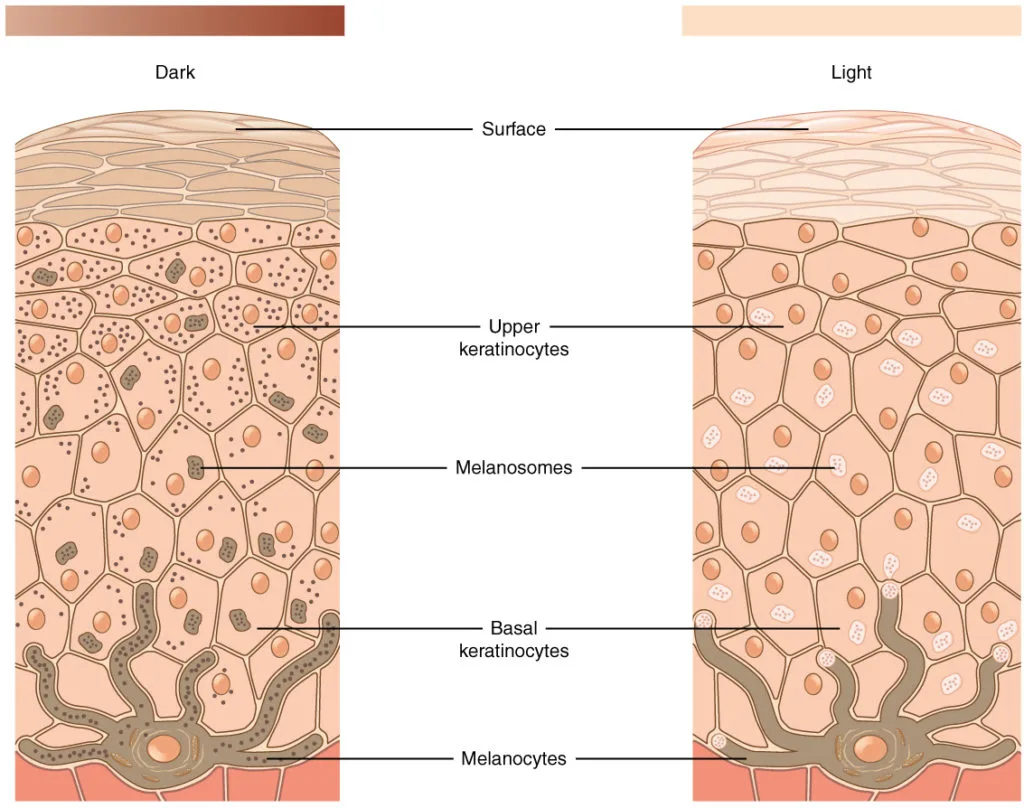
Your skin colour and how it changes in the sun depends on melanin. Melanin is the pigment produced by skin cells called melanocytes. These transfer pigment to surface cells (keratinocytes) which gives you visible colour.
There are two main types of melanin: eumelanin (brown-black) and pheomelanin (red-yellow). The ratio influences how your skin reacts to UV exposure.
When UV radiation hits your skin, your body responds by increasing melanin production; that darkens the skin as a protective mechanism.
UV Rays and Their Effects on Skin
Two key parts of ultraviolet light matter for tanning and skin damage: UVA and UVB.
- UVA (wavelength ~320-400 nm) penetrates deeper, contributes to skin ageing and long-term damage.
- UVB (~280-320 nm) affects more superficial layers, causes sunburn and triggers the initial melanin response.
Any tanning is a response to UV stress. Your skin darkens because it is trying to protect itself. That means a tan is a sign of damage, not of safe or healthy exposure.
Factors That Influence Tanning Speed and Depth
Here are key factors that affect how fast and how well you tan:
- Your skin type (how much baseline melanin you have)
- The intensity and duration of UV exposure
- The reflectivity of your environment (water, sand, bright surfaces)
- Whether you use sunscreen or protective clothing
- Whether you use sunless tanning options instead of UV exposure
If you’re tanning in the shade, expect slower results. If you’re using sunless methods, the biological process is different
Natural Tanning in the Shade
If you decide to harness natural light in the shade for a tan, you’ll need to understand how it works and take careful steps.
How Much UV Light Reaches You in the Shade
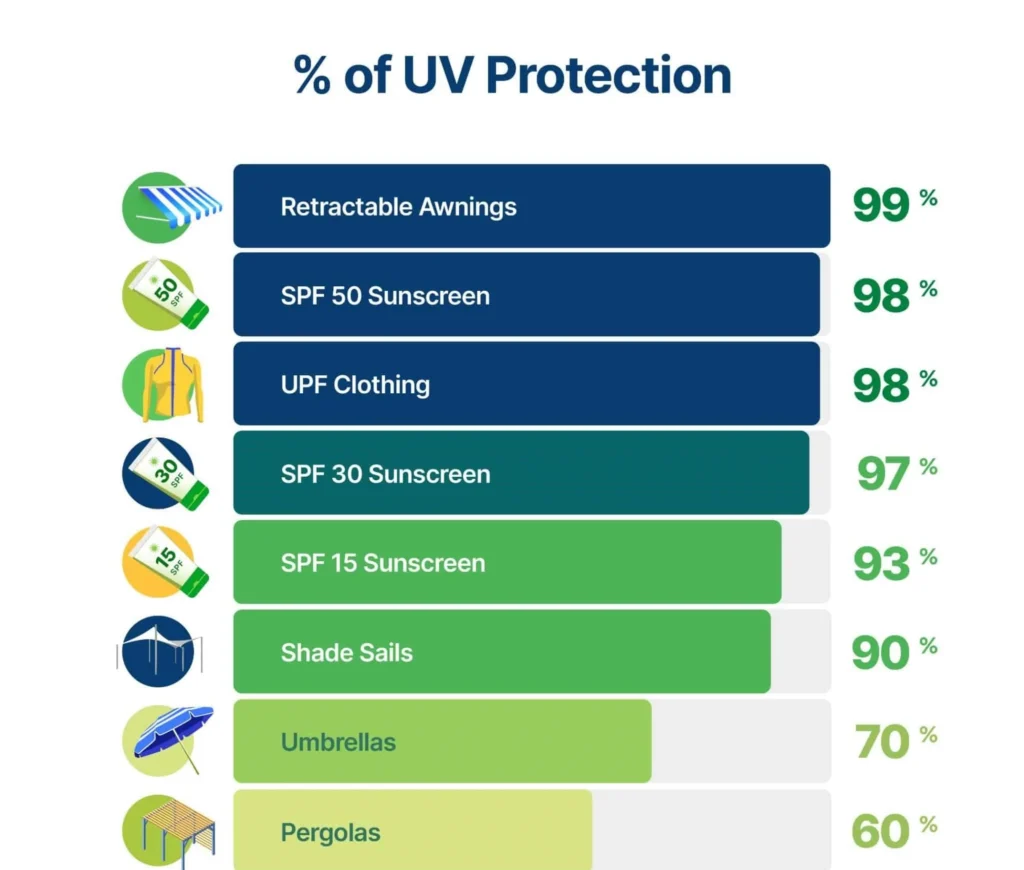
The exact amount varies widely. Some studies found as low as 5% of direct sun UV in dense tree shade, and up to 84% under umbrellas depending on surroundings.
Reflective surfaces can increase UV exposure in shade. For example, sand can reflect ~20% of UV rays and water <30%.
What this means: you can still tan in shaded conditions, but you cannot assume you are protected. Tan will build slowly, the result may be lighter, but the risk remains.
Tips for Safe and Effective Shade Tanning
Here are practical guidelines:
- Pick dense shade (trees with good leaf cover, built shade) rather than light shade.
- Rotate your body to avoid one side tanning much more than the other.
- Use broad-spectrum sunscreen even when you’re mostly in shade.
- Avoid peak UV hours (typically 10 am to 4 pm).
- Be aware of reflective surfaces nearby (water, sand, bright or white walls).
- Keep skin hydrated and healthy; a good tan is easier on skin in better condition.
Benefits of Tanning in Partial Sunlight
Tanning in the shade or partial sunlight can give you several benefits over full sun tanning:
- Lower intensity UV means slower and steadier tanning; less chance of burning.
- A cooler environment (shade) can be more comfortable and safer.
- You still get some exposure (which some people seek for mood, vitamin D) without full direct sun.
Nevertheless, slower does not mean safe without protection.
Sunless Tanning Options
If you prefer to avoid UV exposure, sunless tanning offers alternatives. These allow you to achieve colour without the direct risk of UV damage.
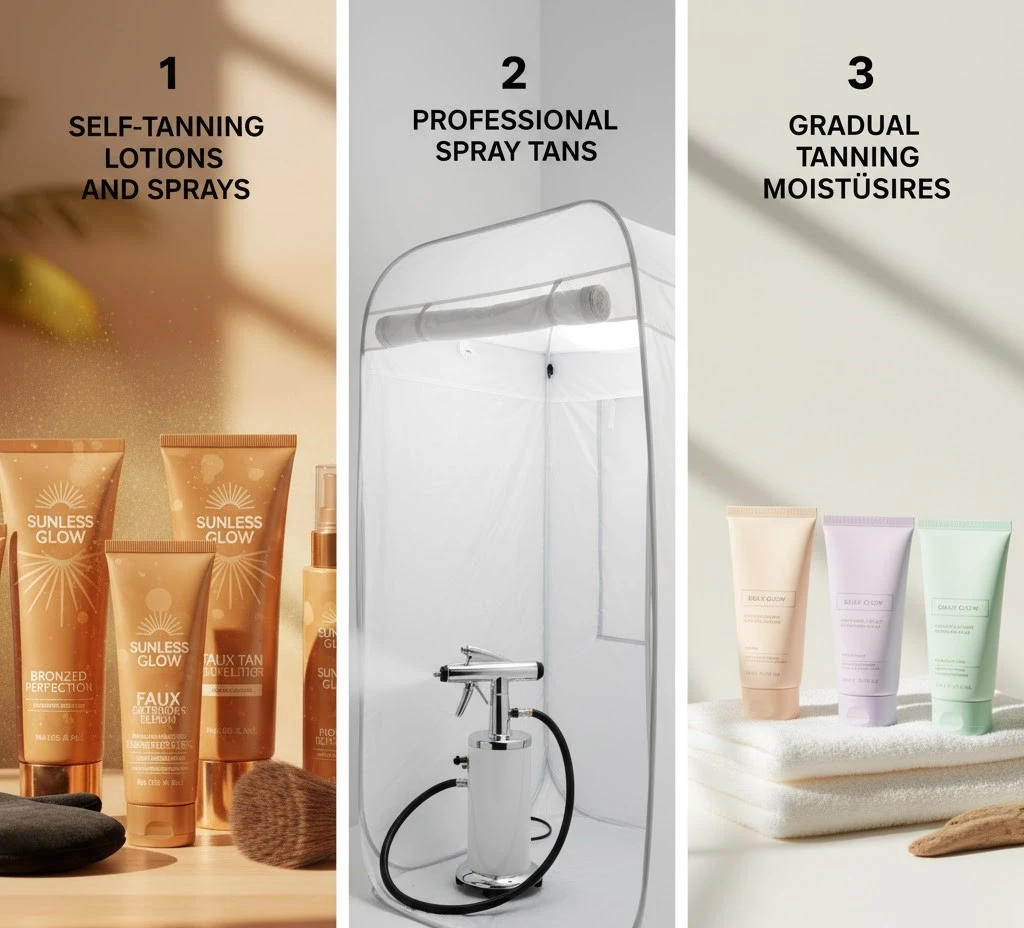
Self-Tanning Lotions and Sprays
Self-tanners use an active ingredient called dihydroxyacetone (DHA). DHA reacts with proteins in the outer layer of skin to darken it.
Advantages:
- You avoid UV radiation entirely.
- You can control tone and application.
Watch-outs: - These products offer colour, not UV protection—they don’t shield you from the sun.
- Some studies suggest if you apply DHA and then expose your skin to UV, you might get more free radical damage. (While still under investigation)
Work carefully: exfoliate lightly before, apply evenly, moisturise afterwards.
Professional Spray Tans
In salons, you can get sprayed with DHA solutions via air-brush or mist.
Pros:
- More uniform color, professional technique means fewer streaks.
- Useful for events or photo-shoots.
Cons: - Cost is higher than self-application.
- Still no built-in UV protection; you must wear sunscreen.
- Requires maintenance to keep results looking even.
Gradual Tanning Moisturisers
These are everyday moisturisers infused with low concentrations of tanning agents.
Benefits:
- A more subtle and gradual build of colour.
- Skin stays moisturised which also helps health and appearance.
Limitations: - Colour changes are slower and lighter than full self-tanners.
- You still need good skin-care routines and sun protection.
Comparing Sunless and Natural Shade Tanning
Colour Quality and Duration
Natural shade tanning gives a more “authentic” tan because it comes from your skin’s melanin response. But because UV exposure is reduced, the tan may be lighter, slower to develop and may fade more quickly if you stop exposure.
Sunless tanning lets you control depth and speed of colour change. The tan typically lasts for days to weeks depending on how well you maintain it (exfoliation, hydration, re-application). One study found that DHA-based self-tans produced colour changes visually similar to UV-induced tanning in some measurements.
| Method | Colour Depth | Duration | Control over Tone |
|---|---|---|---|
| Natural Shade Tanning | Moderate, slower | Weeks (varies) | Less control |
| Sunless Tanning | Often faster, deeper in rate | Days to weeks, needs upkeep | High control |
Safety and Skin Health
Natural shade tanning still involves UV exposure and thereby carries risk of DNA damage, premature ageing and skin cancer.
Sunless tanning avoids UV exposure, so it is safer in terms of UV-damage risk. However, it does not protect you from sun exposure afterwards and you must still protect skin with sunscreen and appropriate care.
In short: if your top priority is minimizing UV damage, sunless is safer. If you prefer natural tone and don’t mind slower pace and risk management, shade-based natural tanning is an option.
Cost and Maintenance Differences
Natural shade tanning:
- Very low upfront cost (just shade and time).
- Less product expense, but you may spend more time.
- Maintenance: you have to keep spending time outdoors and protecting skin.
Sunless tanning: - You buy products or salon services.
- You manage application and upkeep (exfoliation, moisturiser, re-application).
- Less outdoor time needed, but you must keep using product to maintain results.
Choosing between them depends on your time, budget, skin priorities and how much risk you accept.
Common Mistakes to Avoid While Tanning
Even with shade or sunless methods, people make common errors that undermine results or increase risk.
Overexposure to Sunlight
Mistake: assuming shade means fully safe so you stay out too long.
Reality: Shade is helpful but not foolproof. UV still reaches skin.
What to do: Use sunscreen anyway, avoid peak UV hours, and monitor your skin.
Skipping Moisturiser or Aftercare
Mistake: neglecting skin hydration or after-tanning care.
Reality: Skin that is dry or damaged will lose colour faster (whether natural or sunless) and look less even.
What to do: Moisturise regularly. If using sunless tanning, exfoliate before application and apply a good moisturiser after. Maintain skin health.
Using Low-Quality Products
Mistake: choosing cheap self-tanners or ignoring proper application steps.
Reality: Low-quality products can streak, fade unevenly, or irritate your skin. Some may lack good formulation.
What to do: Choose reputable brands with good ingredients. Patch-test. Follow instructions. For natural tanning, treat your skin gently and protect it.
How to Maintain a Long-Lasting Tan
Once you have achieved your desired colour wether by shade exposure or sunless method you’ll want it to last. These habits help.
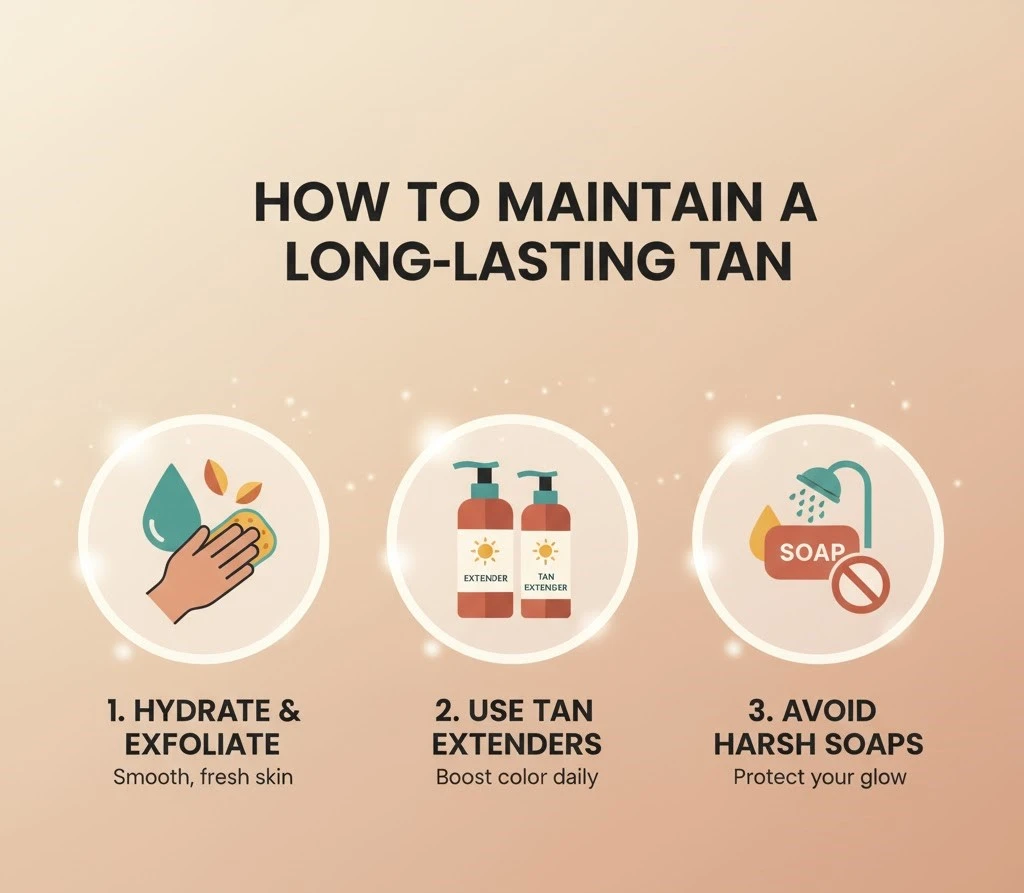
Importance of Hydration and Exfoliation
- Keep your skin hydrated. Well-hydrated skin holds colour better and reduces dryness which causes flaking and uneven fade.
- Exfoliate gently before sunless application to get a clean canvas. Afterwards, avoid rough scrubs that remove the pigmented top layer too soon.
- For natural tans, maintaining skin health aids longevity: moisturiser, avoiding sunburn which causes peeling, good nutrition.
Using Tan Extenders and Moisturisers
- Sunless tans often come with or benefit from “tan extender” products such as moisturisers with low tanning agent or colour-preserving ingredients.
- For natural shade tans: use moisturiser rich in emollients, avoid harsh soaps that strip oils and tone. Slower shedding = longer lasting colour.
- Apply moisturiser daily; re-apply sunless top-up every few days or as product recommends.
Avoiding Chlorine and Harsh Soaps
- Pools, hot tubs and oceans contain chlorine or salt which can accelerate tan fade or make skin dry and patchy.
- Harsh soaps or long hot baths strip skin’s protective oils and speed removal of pigmented cells.
- Use gentle body wash, pat dry, immediately moisturise after water exposure.
Conclusion
Yes, you can tan in the shade but you must understand what you’re doing, adjust your expectations and protect your skin. Natural shade tanning uses genuine UV exposure but at reduced intensity; it takes longer and carries risk. Sunless tanning bypasses UV entirely, giving faster and more controllable results but you must maintain it and still protect your skin when outdoors.
Your best route depends on your lifestyle, skin type and priorities. If you lean toward minimal UV risk and maximum control, sunless tanning is likely the better choice. If you prefer natural light, don’t mind slower progress and accept the risk, then shade tanning can work—provided you safeguard skin. Use shade when outside, apply sunscreen, hydrate well and choose the method that matches your skin and goals.
FAQs
Can you tan in the shade?
Yes. Shade reduces direct UV but indirect and reflected UV rays can still cause colour change.
Is a tan from the shade safer than full sun?
Safer relative to full sun because UV levels are lower—but it still involves UV damage so protection is still essential.
Does a sunless tan provide UV protection?
No. Sunless tanning (using DHA) colours the outer skin but does not block UV rays. You still need sunscreen when outdoors.
How long does natural shade tanning take?
It takes longer than direct sun tanning because the UV dose is lower; results vary by skin type and environment.
How often should I moisturise to maintain a tan?
Daily is best. After sunless application or shade tanning, keeping skin hydrated helps longevity of colour and skin health.
Are there surfaces that increase UV in shade?
Yes. Reflective surfaces like water, sand or bright concrete bounce UV into shaded areas, increasing exposure.

